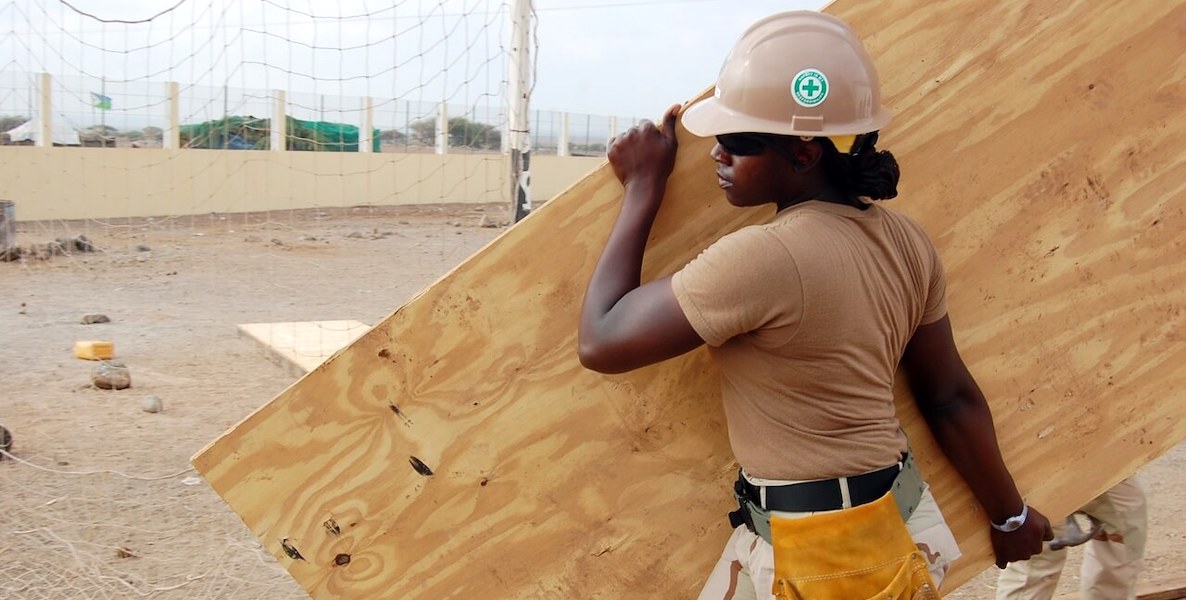Canada is renowned for its vast landscapes, rich cultural diversity, and thriving economy. With a strong demand for skilled tradespeople, particularly in the construction industry, carpentry stands out as a promising career path. For individuals seeking opportunities abroad, Canada offers a conducive environment for carpenters with visa sponsorship programs. This article delves into the landscape of carpentry jobs in Canada, the requirements for visa sponsorship, and the process for aspiring carpenters.
Carpentry in Canada: An Overview
Carpentry plays a crucial role in Canada’s construction industry, which contributes significantly to the country’s economic growth. From residential homes to commercial buildings, carpenters are instrumental in crafting structures that withstand the test of time. The demand for skilled carpenters remains high across various provinces, driven by infrastructure projects, urban development, and population growth.
Types of Carpentry Jobs
Carpentry encompasses diverse specialties, each requiring unique skills and expertise. In Canada, carpentry jobs can range from residential construction to commercial projects and renovation works. Some common types of carpentry jobs include:
- Rough Carpentry: Involves framing structures, including walls, floors, and roofs, using wood or metal studs.
- Finish Carpentry: Focuses on intricate woodworking tasks such as installing doors, windows, moldings, and cabinetry to add aesthetic appeal to buildings.
- Formwork Carpentry: Involves creating molds and frameworks for concrete pouring, essential for constructing foundations, pillars, and slabs.
- Cabinetmaking: Specialized in crafting custom cabinets, furniture, and woodworking projects tailored to clients’ specifications.
- Industrial Carpentry: Involves working on large-scale construction projects such as bridges, tunnels, and industrial facilities, requiring advanced skills and safety knowledge.
Visa Sponsorship for Carpentry Jobs in Canada
Canada’s immigration policies aim to attract skilled workers who can contribute to the country’s economy and address labor shortages in key sectors, including construction. Visa sponsorship programs facilitate the entry of foreign workers into Canada to fill gaps in the labor market. Aspiring carpenters interested in working in Canada can explore the following pathways for visa sponsorship:
- Federal Skilled Trades Program (FSTP): Managed by Immigration, Refugees, and Citizenship Canada (IRCC), FSTP is designed for skilled tradespeople with work experience in occupations listed under the National Occupational Classification (NOC) system. Carpentry falls under NOC code 7271, making eligible candidates for FSTP.
- Provincial Nominee Programs (PNPs): Canadian provinces and territories have their nomination programs that allow them to select immigrants who meet specific labor market needs. Some provinces, such as British Columbia, Alberta, and Ontario, actively recruit skilled tradespeople, including carpenters, through their PNPs.
- Employer-Sponsored Work Permits: Employers in Canada can sponsor foreign workers by obtaining a Labour Market Impact Assessment (LMIA) to demonstrate the need for hiring outside the Canadian workforce. Once an LMIA is approved, the worker can apply for a work permit to legally work in Canada.
- International Experience Canada (IEC): This program facilitates the entry of young professionals, including carpenters, through bilateral agreements with participating countries. Eligible candidates can obtain a temporary work permit to gain Canadian work experience.
Requirements for Visa Sponsorship
To qualify for visa sponsorship as a carpenter in Canada, candidates must meet certain criteria, including:
- Education and Training: While formal education is not always mandatory, carpenters typically undergo apprenticeship training or vocational programs to acquire essential skills and certification.
- Work Experience: Candidates must possess relevant work experience in carpentry, demonstrating proficiency in their field of expertise.
- Language Proficiency: Proficiency in English or French is essential for effective communication and integration into the Canadian workplace.
- Health and Character Assessment: Applicants are required to undergo medical examinations and provide police clearance certificates to ensure they meet health and character requirements for immigration.
- Job Offer: Securing a valid job offer from a Canadian employer is paramount for visa sponsorship, whether through the FSTP, PNPs, or employer-sponsored work permits.
The Application Process
The process of applying for visa sponsorship for carpentry jobs in Canada involves several steps:
- Research and Preparation: Prospective applicants should research immigration pathways, assess eligibility criteria, and gather necessary documentation, including educational certificates, work references, and language test results.
- Job Search: Candidates can explore job opportunities through online job portals, recruitment agencies, or networking with Canadian employers in the construction industry.
- Application Submission: Depending on the chosen immigration program, applicants must submit their profiles online through the IRCC website or apply directly to provincial authorities or employers.
- Document Verification and Processing: Immigration authorities review applications to ensure compliance with eligibility requirements. This may involve document verification, interviews, or additional assessments.
- Visa Issuance: Upon successful assessment, candidates receive a confirmation of their visa sponsorship, allowing them to obtain a work permit and relocate to Canada to commence employment.
Challenges and Opportunities
While Canada offers promising opportunities for carpenters through visa sponsorship programs, aspiring immigrants may encounter challenges along the way. Competition for skilled trades positions, regulatory requirements, and cultural adaptation are among the hurdles that newcomers may face. However, with determination, resilience, and a willingness to learn, carpenters can thrive in Canada’s dynamic construction industry and contribute to the country’s growth and development.
Conclusion
Carpentry jobs in Canada with visa sponsorship present an exciting opportunity for skilled tradespeople seeking new horizons. With a growing demand for construction projects and a welcoming immigration policy, Canada remains an attractive destination for carpenters worldwide. By understanding the immigration pathways, meeting eligibility criteria, and embracing the challenges of relocation, aspiring carpenters can embark on a rewarding journey towards building a successful career in the Great White North.

